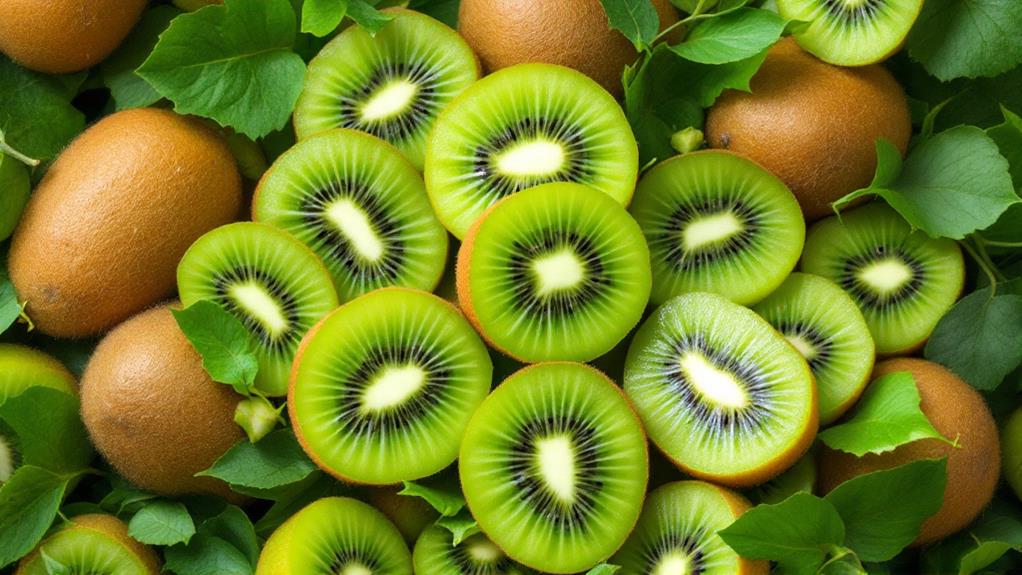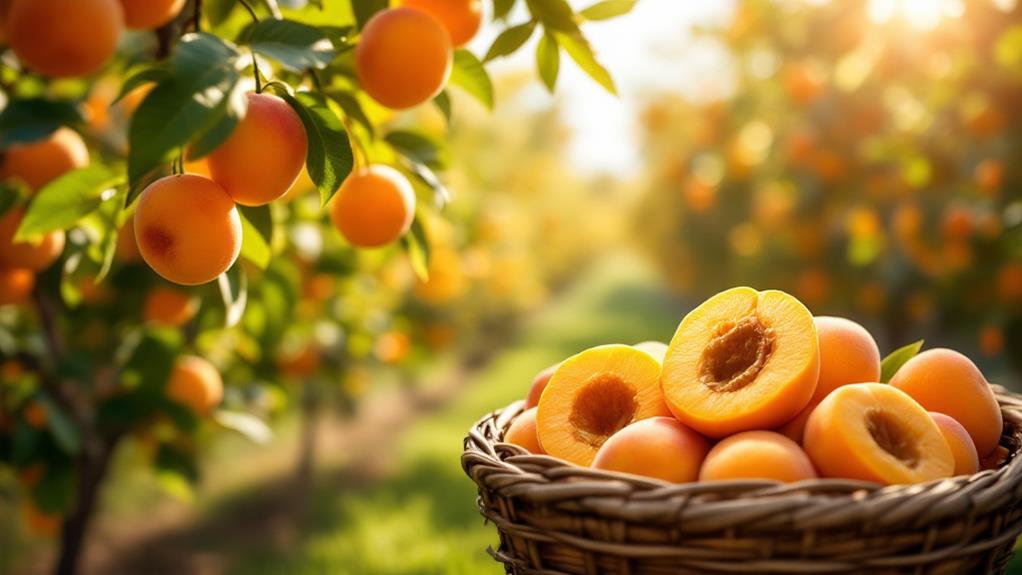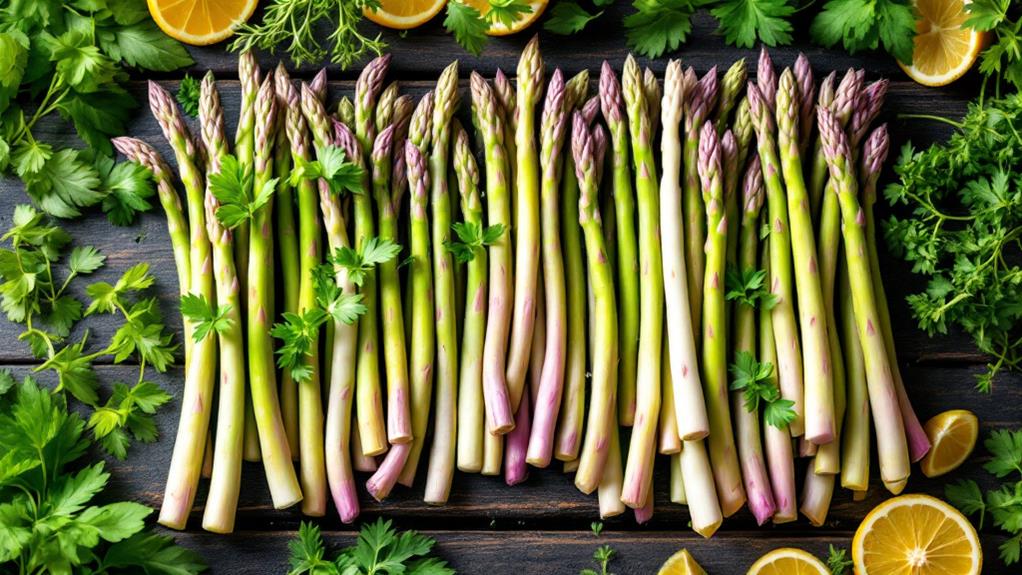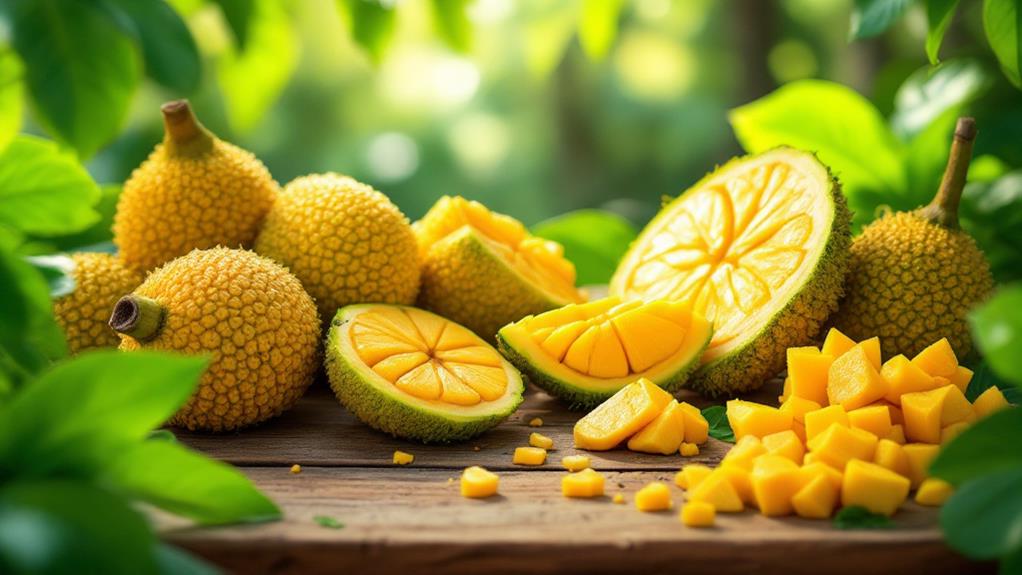What Types of Vegetables Can You Grow in a Container Garden?
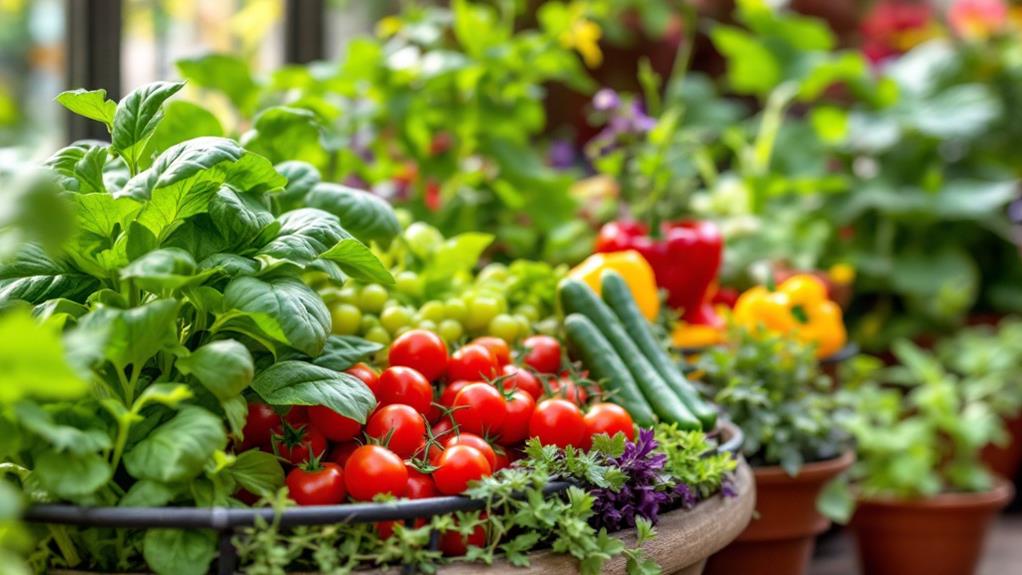
In a container garden, you can grow a wide range of vegetables that thrive in small spaces. Consider planting bush beans and peppers; they require minimal space and deliver a bountiful harvest. Lettuce and radishes offer quick growth and are perfect for novice gardeners. Spinach flourishes in both sunlight and partial shade, making it a versatile choice. Verify your containers have good drainage and choose the right size for each vegetable's needs to support healthy growth. With the right soil and watering techniques, you'll enjoy a thriving garden that continues to yield and surprise as you cultivate further.
Popular Vegetables for Containers
In the context of growing vegetables in containers, some varieties stand out for their adaptability and ease of cultivation. For instance, bush beans are a fantastic choice for container gardens. They don't require much space, and their compact nature makes them perfect for small spaces. As you investigate container vegetable garden ideas, consider bush beans for their ability to thrive with good drainage and ample sunlight.
Hot and sweet peppers are also excellent for container gardening. Both varieties need moderate sunlight and well-drained, moist soil to flourish. They not only add lively colors to your garden but also bring a delightful spice to your meals. When growing vegetables in containers, peppers offer a rewarding experience, even in limited space.
Lettuce is another great pick for your container garden. It grows well in shallow containers and can be harvested multiple times, providing a quick return on your efforts. Meanwhile, radishes are perfect for beginners. They grow fast and are ready for harvest in under a month. Spinach, known for its versatility, thrives in both full sunlight and partial shade, making it a reliable choice for your container vegetable garden.
Choosing the Right Container
When you're starting a container garden, picking the right container is vital for the success of your vegetables. The type of container you choose can greatly impact how well your plants grow. Here are some key considerations:
- Drainage Holes: Always select containers with drainage holes. They prevent waterlogging, which is essential for maintaining healthy root systems and avoiding root rot. Without proper drainage, your vegetables won't thrive.
- Size Matters: Larger containers, at least 5 gallons, are ideal for vegetables like tomatoes and peppers. These plants need ample soil volume for root development. For root vegetables like carrots or potatoes, opt for deep pots (12-18 inches) to guarantee they have enough space to grow.
- Material Choice: Lightweight materials such as plastic or fabric pots are perfect for easy mobility, especially in urban gardening where space is limited. Fabric pots, in particular, promote excellent aeration, aiding root health.
- Self-Watering Options: Consider self-watering containers for consistent moisture levels. Just make sure they also have adequate drainage to avoid overwatering issues.
Selecting the right container is a fundamental step in vegetable gardening, making sure your plants have the environment they need to flourish.
Soil and Fertilization Tips
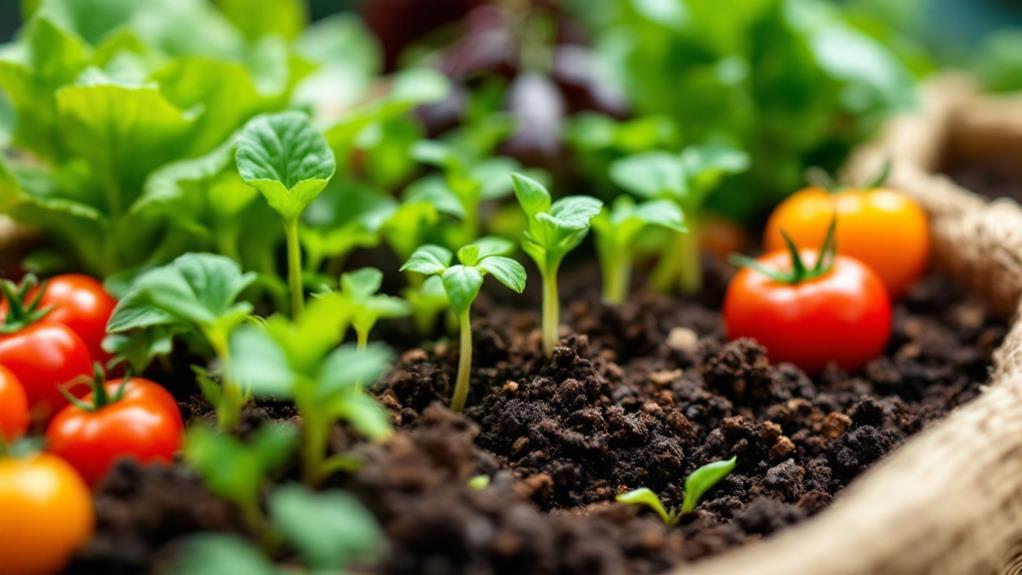
Nurturing a thriving container garden starts with choosing the right soil and fertilization strategy. Begin by selecting a high-quality organic potting soil specifically designed for containers. This type of soil guarantees proper drainage and moisture retention, which are vital for healthy root growth. Avoid using garden soil as it can compact, hindering root development.
Enhance your soil's nutrient content by incorporating granular organic fertilizer or compost during planting. To further improve aeration, mix in soil amendments such as perlite or vermiculite. These enhancements help maintain the right balance of air and moisture, fundamental for your container plants.
Regular fertilization is key. Every 4-6 weeks, apply a balanced fertilizer to replenish nutrients lost through frequent watering. Keep an eye out for nutrient deficiencies, which can show up as yellowing leaves or stunted growth. These signs indicate it's time to adjust your fertilization routine.
Monitoring soil pH levels is also significant, as most vegetables prefer a pH range of 6.0 to 7.0. If needed, adjust the pH with lime to raise it or sulfur to lower it, guaranteeing ideal growth conditions for your plants.
Efficient Watering Techniques
Understanding the unique watering needs of container plants is crucial for maintaining a healthy garden. Container plants typically dry out faster than those in the ground, especially during hot weather when soil moisture depletes rapidly. To keep your plants thriving, follow these efficient watering techniques:
- Water containers early in the morning until the excess water drains from the holes at the bottom. This guarantees ideal moisture levels and promotes healthy root growth.
- Check soil moisture by feeling the top inch of soil. If it's dry, it's time to water. This practice helps prevent overwatering and guarantees your plants get the right amount of moisture without drowning.
- Use drip irrigation systems for consistent moisture. This technique minimizes evaporation and reduces the risk of fungal diseases associated with overhead watering, providing a more efficient way to hydrate your plants.
- Apply mulch on the soil's surface to retain water. Mulch helps maintain consistent moisture levels, reduces temperature fluctuations, and limits weed growth.
Managing Pests and Diseases
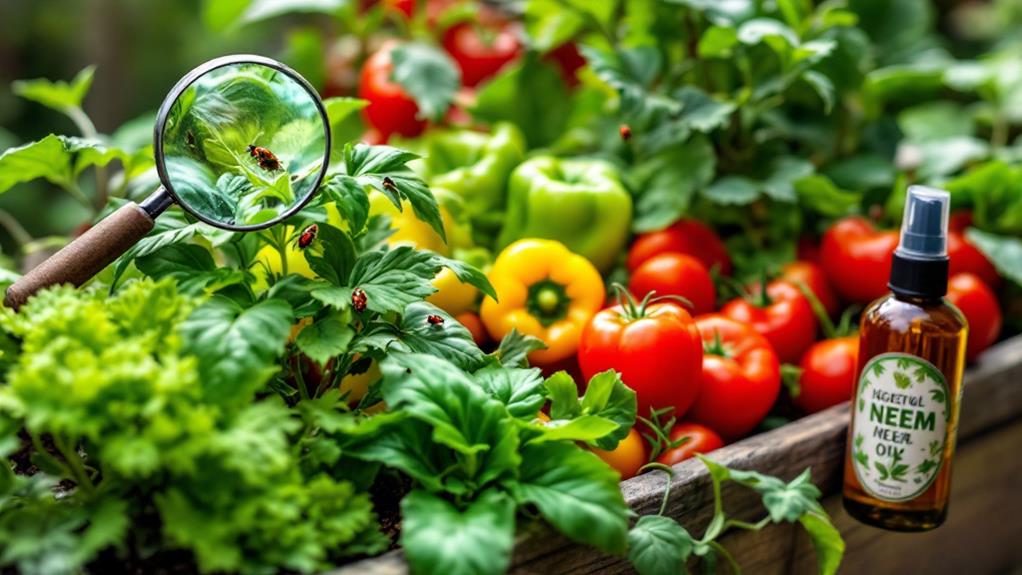
Managing pests and diseases in your container garden is vital for maintaining plant health and productivity. Start by regularly inspecting your plants for common pests like aphids, spider mites, and whiteflies. Containers can be infested quickly due to their confined space, so early detection is key. Introduce beneficial insects such as ladybugs and lacewings. They naturally control pest populations, helping you manage your garden without resorting to chemicals.
Keep your plants healthy by ensuring proper watering, fertilization, and pruning. Healthy plants are less likely to fall victim to pests and diseases. Furthermore, practice crop rotation within your containers each year. This prevents soil-borne pests and diseases from building up and targets specific plant families.
If pests persist, use organic pesticides as a last resort. Apply them during early morning or late evening hours to minimize harm to beneficial insects and reduce evaporation. This careful timing helps protect the helpful creatures that keep your garden balanced. By combining these strategies, you'll manage pests and diseases effectively, ensuring your container garden thrives and produces bountiful vegetables.

